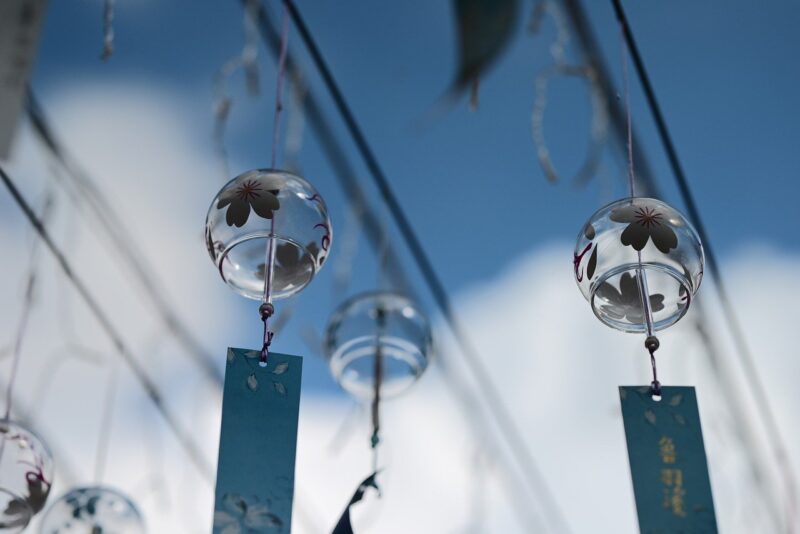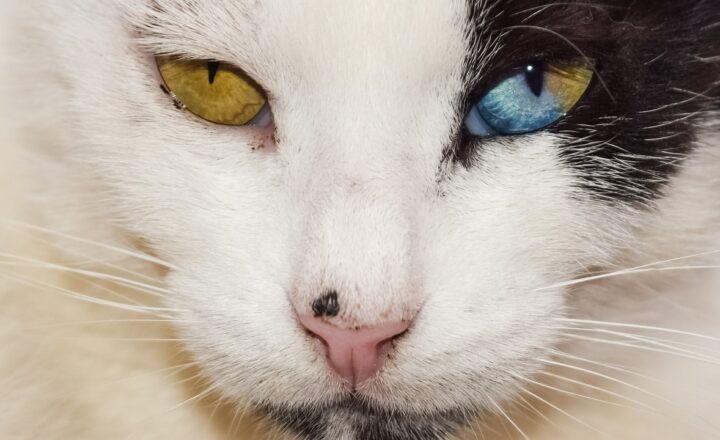
Collecting preserved insects is a unique and often overlooked hobby that has been gaining traction among enthusiasts around the world. For many, this peculiar pastime is more than just a quirky interest; it serves as a gateway to education, conservation, and a deeper appreciation for the natural world.
1. The Fascinating World of Entomology
Entomology, the scientific study of insects, is a rich field that encompasses a variety of topics, including behavioral ecology, taxonomy, and conservation. Insects are the most diverse group of organisms on Earth, comprising over a million identified species and thought to number in the tens of millions. Collecting preserved insects not only allows enthusiasts to build a personal museum of specimens but also contributes to scientific knowledge and conservation efforts.
Here’s why this hobby can be both rewarding and educational:
- Diversity: Insects exhibit immense diversity in colors, sizes, and shapes. From the shimmering wings of a Morpho butterfly to the intricate patterns on a beetle’s shell, each specimen tells its own story.
- Ecological Importance: Insects play vital roles in ecosystems, from pollination to decomposition. Understanding their roles can inspire collectors to contribute positively to environmental conservation.
- Connection to Science: Enthusiasts often find themselves learning about taxonomy, anatomy, habits, and habitats through the collection process, linking them to larger scientific discussions.
2. Getting Started: Essential Tools and Techniques
If you’re intrigued by the idea of starting your own collection, you’ll need the right tools and techniques to preserve your specimens effectively.
- Materials: The basic materials required include collecting jars, insect nets, forceps, and preservation chemicals like ethyl alcohol or a proper desiccant for drying.
- Collecting Insects: Insects can be collected in a variety of settings. Natural habitats like meadows, parks, and forests are great places to find diverse specimens. Consider going out during different times of the day and under various weather conditions to maximize your finds.
- Preservation Method: After collection, preserving your insects is crucial. Each type of insect may require a different method, including pinning for hard-bodied insects and alcohol storage for delicate ones. Make sure to label your specimens with date, location, and any other pertinent information.
3. Displaying Your Collection
Once you have gathered and preserved your insects, the next stage is to display them. An aesthetically pleasing display not only showcases your specimens but also serves as an art piece in your home. Here are a few tips:
- Shadow Boxes: These are a popular way to display collections. You can create visually interesting arrangements by varying the sizes and types of insects.
- Glass Jars: For smaller specimens, using clear jars or terrariums can provide a 3D perspective of your collection, allowing light to enhance the colors and details.
- Educational Labels: Including labels with each insect’s common name, scientific name, and habitat can enhance educational value for viewers and provide insight into your collection.
4. The Ethics of Insect Collecting
With great passion comes great responsibility. Ethical collecting practices are essential to ensure that your hobby does not harm insect populations or ecosystems. Here are some guidelines:
- Legal Compliance: Familiarize yourself with local laws and regulations regarding insect collecting in your area, as some species may be protected.
- Mindful Collecting: Only collect what you need and avoid over-collecting in any single location to maintain local biodiversity.
- Conservation Contributions: Consider donating to entomological societies or participating in citizen science projects to contribute positively to the field.
5. The Joys and Challenges of Collecting
Every hobby comes with its joys and challenges. Collecting preserved insects is no exception. Here are some of the most common experiences among hobbyists:
- Community: Many insect collectors find a vibrant community, sharing specimens, knowledge, and experiences. Joining local entomology clubs can enrich the experience.
- Patience Required: Insect collecting demands patience and meticulousness. Given the unpredictability of nature, finding specific specimens can be time-consuming.
- Learning Curve: New collectors may struggle with identification and preservation techniques. However, each challenge offers a valuable learning opportunity.
Conclusion
Collecting preserved insects may seem like an odd hobby at first glance; however, it opens doors to a world filled with creativity, education, conservation, and community engagement. With each specimen you collect, you are not just building a personal library of nature; you are also nurturing a deeper understanding of the environment around you. So, if you’re ready to dive into this fascinating hobby, grab your net and start exploring the wondrous, often unseen world of insects!






